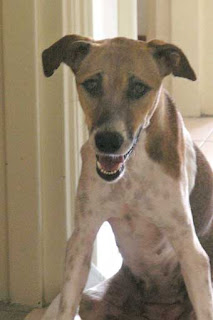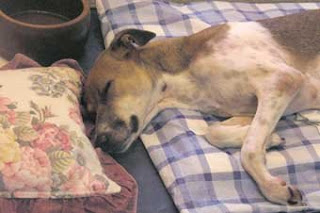Not being one to refuse a crustacean served on a platter, a trip to Pulau Ketam (that's Malay for Crab Island) promised an opportunity to indulge. What more motivation did I need to pack the overnight bag. With my visiting parents in tow, I pursued my next escape from the city.

Urban train routes are quite unlike their handsome cousins, the high streets running though towns, flanked by characteristic showpiece establishments- elegant and expensive dining and fashion shops, banks with names known by generations and generous landscaping.
 the KTM Commuter train from the centre of KL out to Port Klang (one-way, one hour ride cost RM4.10)
the KTM Commuter train from the centre of KL out to Port Klang (one-way, one hour ride cost RM4.10)
The rail route which would take us out to the coast, stretched out along the least desirable pockets of real estate, opening up insights to the life of different norms and mores. Peeling backyard fences stand defensively with little of value to stand guard over, heaps and mounds of trash growing to keep the main streets beautiful, broken shanty towns of suffocating density and industrial wastelands playgrounds to children.
 been there, done that. now abandoned
been there, done that. now abandoned
Boarding and alighting commuters provided a variety of entertainment and the hour on the train passed. I was happy to find out that the next ferry to the island was the slow, chugging wooden variety and not the sleek fiberglass craft that would have taken half the time to reach our destination. This was already the beginning of the enjoyment of the escape and speed had little to offer.

First things first on boarding the wooden ferry. Best to get a seat where the route to leaving the ferry is least obstructed. Being the first to alight was not important but rather if an unfortunate incident were to happen, we might best be able to leave the craft quickly and smoothly. Preoccupied with safety, I was glad to be able to locate the life jackets. Walking up for a closer look at the jackets tied to the ceiling, I visually examined how they were secured. No point having them if you can’t get to use them when needed. My mild paranoia is fed by incidences of ferry sinkings and the staunch practice of non-maintainance in our host country.


Pulau Ketam hosts a population of about 8,000 supported by fishing. Entire villages are built on stilts over the mangrove which covers 80% of the island.
 wondering around along weather-worn wooden walkways and free-ranging dogs everywhere made my day
wondering around along weather-worn wooden walkways and free-ranging dogs everywhere made my dayLike going back in time, motorised vehicles don’t exist here (well with the exception of the occasional motorized bicycle!). Getting around on foot or bicycle along wooden planked or concrete walkways provide a safe and relaxed environment and young children seem to be everywhere, cycling around on an errand or just cruising with friends way after dark. Simple elements that radically change how life is.


re-purposed plastic pails, jerry cans etc make interesting bicycle baskets

The dawn hours see a flurry of activity as the fishermen head out to sea trailed by flocks of sea birds sharing the same hopes.


local boatman deftly using the foot and leg
 the island's powerhouse
the island's powerhouse 

long concrete walkways and houses on stilts strung out along river inlets

a commercial activity spied in alleys- shelling shrimp

the shrimp meat is sold separately from the shells which is sold to make shrimp stock for prawn noodle soup

a little island friend who accompanied us to dinner

wondering what else to do with your argyle socks? here the arm sock is a fashion statement!

a colorful wall mural flanking the entrance of one of the many temples on the island

the smell of salt in the air and the last crimson light,
a perfect close to a perfect day



























